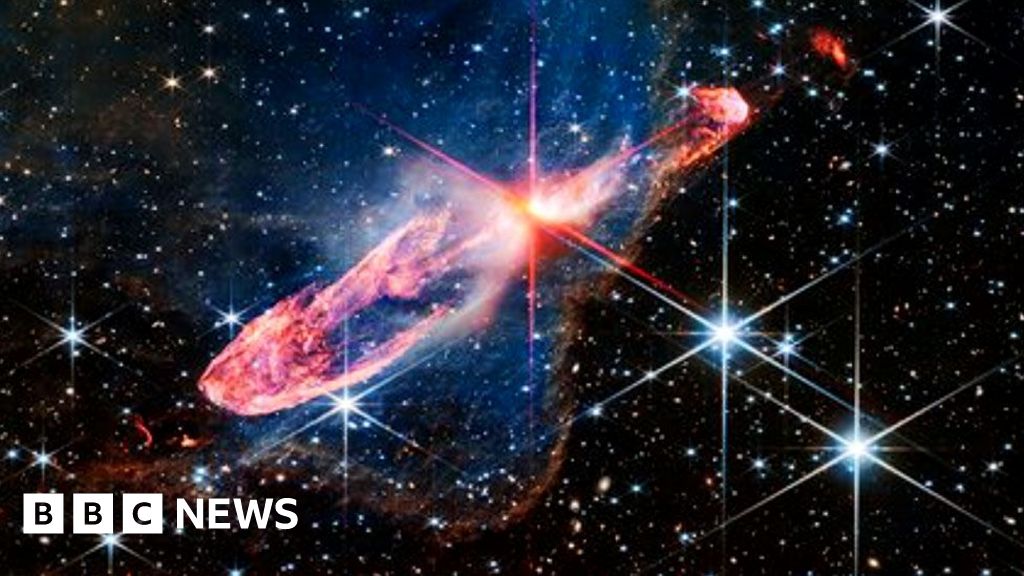Science Videographer and Producer
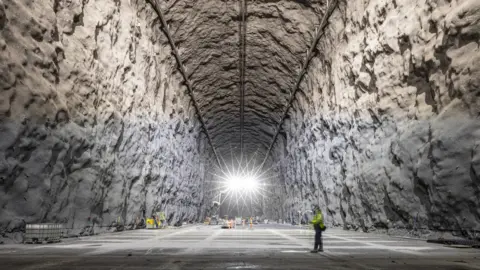 Matthew Kapust / SURF
Matthew Kapust / SURFInside a laboratory nestled above the mist of the forests of South Dakota, scientists are searching for the answer to one of science’s biggest questions: why does our Universe exist?
They are in a race for the answer with a separate team of Japanese scientists – who are several years ahead.
The current theory of how the Universe came into being can’t explain the existence of the planets, stars and galaxies we see around us. Both teams are building detectors that study a sub-atomic particle called a neutrino in the hope of finding answers.
The US-led international collaboration is hoping the answer lies deep underground, in the aptly named Deep Underground Neutrino Experiment (Dune).
The scientists will travel 1,500 metres below the surface into three vast underground caverns. Such is the scale that construction crews and their bulldozers seem like small plastic toys by comparison.
The science director of this facility, Dr Jaret Heise describes the giant caves as “cathedrals to science”.
Dr Heise has been involved the construction of these caverns at the Sanford Underground Research Facility (Surf) for nearly ten years. They seal Dune off from the noise and radiation from the world above. Now, Dune is now ready for the next stage.
“We are poised to build the detector that will change our understanding of the Universe with instruments that will be deployed by a collaboration of more than 1,400 scientists from 35 countries who are eager to answer the question of why we exist,” he says.
When the Universe was created two kinds of particles were created: matter – from which stars, planets and everything around us are made – and, in equal amounts, antimatter, matter’s exact opposite.
Theoretically the two should have cancelled each other out, leaving nothing but a big burst of energy. And yet, here we – as matter – are.
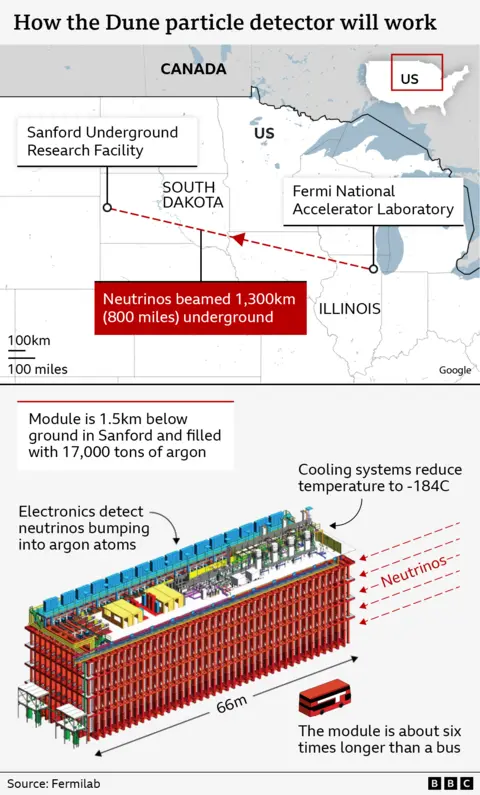
Scientists believe that the answer to understanding why matter won – and we exist – lies in studying a particle called the neutrino and its antimatter opposite, the anti-neutrino.
They will be firing beams of both kinds of particles from deep underground in Illinois to the detectors at South Dakota, 800 miles away.
This is because as they travel, neutrinos and anti-neutrinos change ever so slightly.
The scientists want to find out whether those changes are different for the neutrinos and anti-neutrinos. If they are, it could lead them to the answer of why matter and anti-matter don’t cancel each other out.
Dune is an international collaboration, involving 1,400 scientists from thirty countries. Among them is Dr Kate Shaw from Sussex University, who told me that the discoveries in store will be “transformative” to our understanding of the Universe and humanity’s view of itself.
“It is really exciting that we are here now with the technology, with the engineering, with the computer software skills to really be able to attack these big questions,” she said.
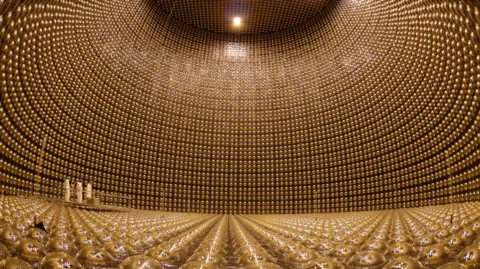 Kamioka/ICRR/Tokyo University
Kamioka/ICRR/Tokyo UniversityHalf a world away, Japanese scientists are using shining golden globes to search for the same answers. Gleaming in all its splendour it is like a temple to science, mirroring the cathedral in South Dakota 6,000 miles (9,650 km) away. The scientists are building Hyper-K – which will be a bigger and better version of their existing neutrino detector, Super-K.
The Japanese-led team will be ready to turn on their neutrino beam in less than three years, several years earlier than the American project. Just like Dune, Hyper-K is an international collaboration. Dr Mark Scott of Imperial College, London believes his team is in pole position to make one of the biggest ever discoveries about the origin of the Universe.
“We switch on earlier and we have a larger detector, so we should have more sensitivity sooner than Dune,” he says.
Having both experiments running together means that scientists will learn more than they would with just one, but, he says, “I would like to get there first!”
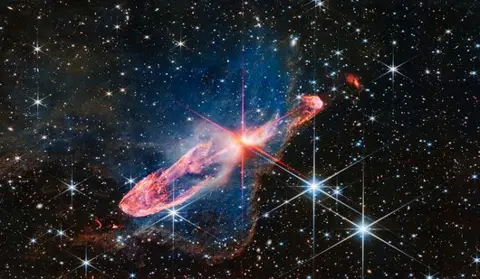 NASA
NASABut Dr Linda Cremonesi, of Queen Mary University of London, who works for the Dune project, says that getting there first may not give the Japanese-led team the full picture of what is really going on.
“There is an element of a race, but Hyper K does not have yet all of the ingredients that they need to understand if neutrinos and anti-neutrinos behave differently.”
The race may be on, but the first results are only expected in a few years’ time. The question of just what happened at the beginning of time to bring us into existence remains a mystery – for now.
This story was originally published on Tuesday 13 May.

Get our flagship newsletter with all the headlines you need to start the day. Sign up here.
